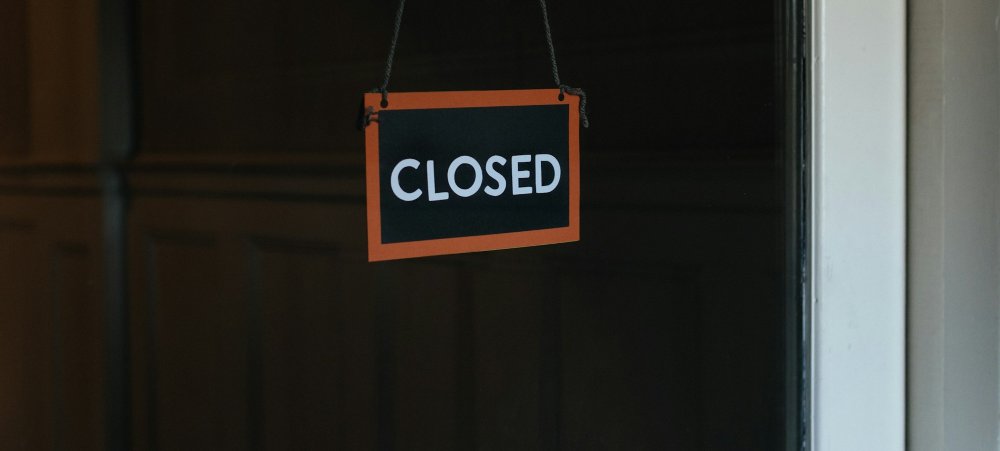While the downward trend is good, uncertainty for the year ahead means businesses need to focus on core strategies, cost base and working capital.
The downward trend in insolvencies seen in 2024 is continuing into 2025, according to PwC’s latest Insolvency Barometer, with retail and hospitality in particular demonstrating resilience.
However, with economic storm clouds gathering due to geopolitical tensions, Irish businesses are being advised to prepare to keep the wolves from the door.
“With the prevailing economic uncertainties and geopolitical risks looming, it remains to be seen what the year has in store”
The first quarter of 2025 recorded fewer insolvencies compared to each preceding quarter of 2024 and continues the downward trend identified in the last quarter of 2024. There were 14% fewer insolvencies in the first quarter of this year (192) compared to the first quarter of 2024 (222).
Similarly, there were 7% fewer insolvencies in the first quarter of this year compared to the last quarter of 2024 (207). This trend highlights that the Irish economy and many Irish businesses continue to demonstrate resilience, despite geopolitical challenges.
There were 852 insolvencies in 2024 in total, markedly lower than the 900+ insolvencies expected for 2024.
Domestic and international factors
“The continued year on year decline in insolvencies demonstrates the robustness and resilience of our economy,” explained Ken Tyrell, Business Recovery Partner at PwC Ireland.
“However, with the prevailing economic uncertainties and geopolitical risks looming, it remains to be seen what the year has in store.
“Nothing is certain and businesses will also need to deal with a higher cost base in 2025 driven by domestic and international factors. I would advise businesses to focus on their core strategies, cost base and actively manage their working capital to ensure that they are financially sustainable into the future.”
Irish insolvency rate
PwC’s latest Insolvency Barometer shows that the current annual insolvency rate is 29 per 10,000 businesses, more than double the rate of 14 per 10,000 recorded in 2021. It still remains below the 20-year average of 50 per 10,000 businesses, and far below the previous peak of 109 per 10,000 businesses recorded in 2012.
Retail recorded only 25 insolvencies for the first quarter of 2025, a significant decrease of 40% compared to the same quarter in 2024 (42). This also marks a notable decrease compared to each quarter in 2024, specifically a 38% decrease on Q4 2024 (40).
Hospitality recorded 43 insolvencies in the first quarter of 2025, which is largely in line with the preceding quarters of 2024. For example, there were 40 hospitality insolvencies in the last quarter of 2024, and 154 in total for last year. This consistency suggests that the sector is maintaining its current stability despite ongoing economic challenges. Our analysis also shows that most of the insolvencies are predominantly small restaurants and cafes.
Receiverships, liquidations and SCARPs
Receivership appointments increased by 57% in the first quarter of 2025 compared to the same quarter last year, with 36 and 23 appointments recorded respectively.
Additionally, receivership appointments increased by over 70% compared to the 21 recorded in the final quarter of 2024, showing a significant rise in lender activity. Despite this increase, the current levels are still below historic norms. Over the past six months, 20 different lenders have enforced on their debt through receivership.
The number of rescue processes recorded for the first quarter of 2025 remains consistent with preceding quarters, with one examinership and 8 SCARPs recorded. Despite the consistent figures, the overall use of rescue processes remains underutilised.
There were 122 Creditors’ Voluntary Liquidations (CVLs) recorded in the first quarter of 2025, a 33% decrease compared to the same quarter in 2024 (184) and the lowest number recorded since the first quarter of 2023 (119). CVLs remain the most common form of insolvency, accounting for more than three-out-of every five insolvencies in the quarter.
The average lifespan of companies declaring insolvency in quarter one of 2025 was just under 11 years, down from 13 years reported in PwC’s last Insolvency Barometer. The shortest-lived company was less than 2 years old, while the longest lifespan was almost 73 years.
Dublin, Cork, Kildare, Galway, and Wexford account for four out of every five insolvencies for the quarter, with Dublin alone accounting for three out of every five insolvencies.
-
Bank of Ireland is welcoming new customers every day – funding investments, working capital and expansions across multiple sectors. To learn more, click here
-
Listen to the ThinkBusiness Podcast for business insights and inspiration. All episodes are here. You can also listen to the Podcast on:
-
Spotify
-
SoundCloud
-
Apple






